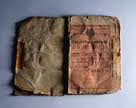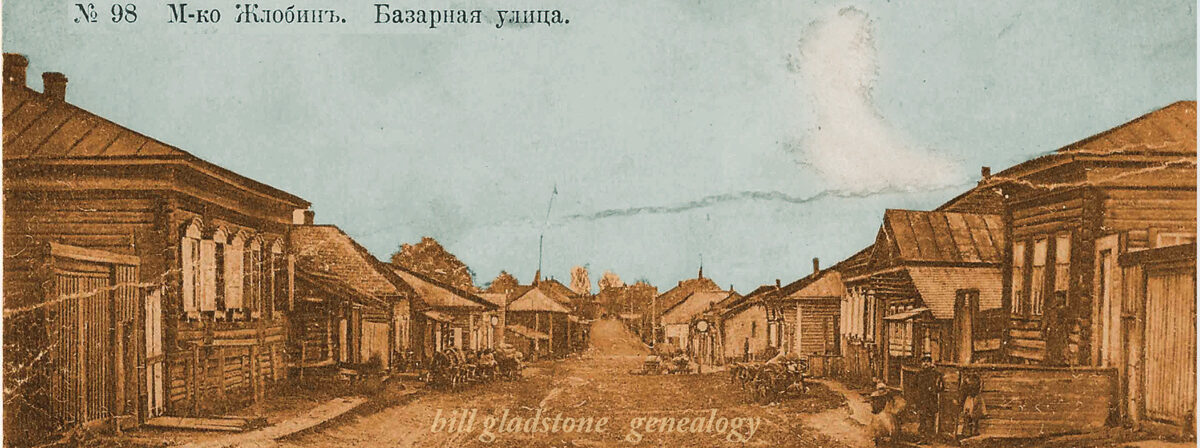 One night in November 1933, a convoy of US Army trucks pulled up in front of a locked and deserted Russian government compound in Washington DC to undertake a mission that was both hushed and rushed. Obeying official orders from higher up, a platoon of American soldiers broke into the premises and began removing boxes of files — 564 in all — which they shipped under cover of night to storage facilities in Washington and Brooklyn.
One night in November 1933, a convoy of US Army trucks pulled up in front of a locked and deserted Russian government compound in Washington DC to undertake a mission that was both hushed and rushed. Obeying official orders from higher up, a platoon of American soldiers broke into the premises and began removing boxes of files — 564 in all — which they shipped under cover of night to storage facilities in Washington and Brooklyn.
Despite the operation’s secrecy, the Washington Post carried a front-page photo of the army’s shady maneuver the next day, along with a story explaining why General Douglas MacArthur had ordered the Russian records confiscated.
The boxes held files containing a wide variety of personal documents relating to more than 80,000 former Russian subjects, predominantly Jews, living in the United States and Canada. The files had been amassed from about 1898 to roughly 1922 by representatives of the Imperial Russian government headquartered in Washington and elsewhere. Incredibly, these loyal representatives of Tsarist Russia continued to serve Russian immigrants in North America for a decade after severing ties with their homeland following the 1917 Revolution.
MacArthur realized that many lives could be endangered if the files, abandoned since 1926, fell into Soviet hands. He was forced to act suddenly because President Roosevelt had just announced that the United States was belatedly extending diplomatic recognition to the Soviet Union and that an ambassador of Stalin’s government was due in Washington the next day.
The Soviets were infuriated by the American move and demanded the immediate return of their records. The Americans refused. The U.S. State Department kept the files until 1949 and, after shredding an indeterminate number of them, transferred the remainder to the U.S. National Archives where they were locked away for more than three decades. Owing to poor storage conditions, many were damaged.
In the mid-1980s archival officials inventoried the collection. Discovering that part of it had originated in Russian consular offices in Montreal, Toronto and Vancouver, they loaned that part to the National Archives of Canada.
By then rumors had reached a few American-Jewish genealogists, including the late Rabbi Malcolm Stern, that these inaccessible records were a treasure trove for Jewish family tree researchers. Seeing a chance for an inspection in Ottawa, Rabbi Stern alerted Zachary Baker, who was then a librarian at the Jewish Public Library in Montreal (and now head librarian of the YIVO Institute in New York).
According to a published report, Baker was “enormously excited” by what he saw, which he characterized as “undoubtedly the most valuable cache of Russian-Jewish genealogical material known to exist outside of the Soviet Union.”
Among other purposes, the files had been gathered to help exempt Russian immigrants from military service during WWI. They contained birth, circumcision, marriage and death certificates, school and military records, extensive family trees, citizenship documents, even photographs. Bank records, papers pertaining to wills and estates, and much general correspondence further rounded out the collection.
Soon another perceived crisis would precipitate more quick action, this time on the part of the Jewish genealogical community in tandem with other groups. As the first winds of glasnost blew across Russia, the United States finally agreed to surrender the records.
But first a deal was made in which the Jewish Genealogical Society of Greater Washington (JGSGW) would index the 135,000-page collection and the Mormon Family History Library would microfilm it. Over a period of two years, all parties completed their parts of the bargain and the Russian Consular Records were returned to Moscow in 1988.
Microfilmed sets of these records (sometimes referred to as the LI-RA-MA collection) are available through the Mormon Library, the U.S. National Archives and the National Archives of Canada. Before attempting to navigate the microfilms, however, researchers should consult The Index and Catalogue to the Russian Consular Records, by Sallyann Sack and Suzan Wynne (Garland Publishing, 1987), available through Jewish genealogical society and university libraries.
To my mind, Wynne, Sack and other JGSGW volunteers deserve immense credit for accomplishing this Herculean task in the brief period allotted. Why not check the Index to see if members of your family are listed? ♦
© 2005






